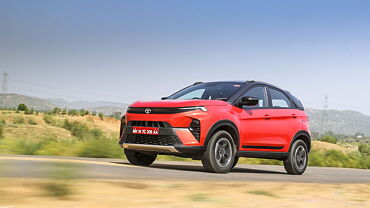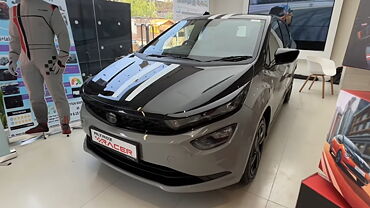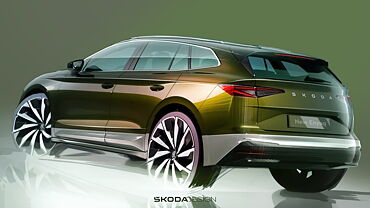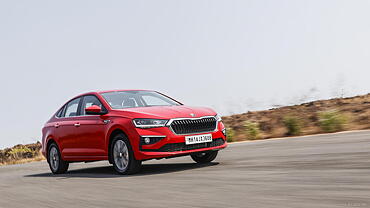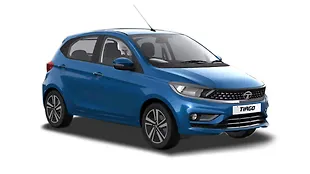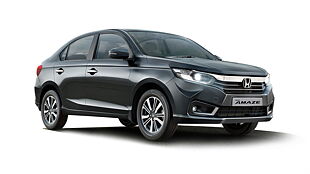
In our first-ever touchscreen comparison story, we looked at how the segment leaders, the Maruti Baleno’s touchscreen system stands up to the likes of the Hyundai i20 touchscreen system. Now, we are back again and this time around we are looking at the Tata Altroz versus the Honda Jazz. For Tata, the Altroz is the largest small car in their new line of vehicles while the Jazz, when it came out, was the largest premium hatchback on offer. The Altroz runs a custom system developed by Harman while Honda has its digipad system that’s offered across a range of models in its stable. What do they have to offer? Let’s find out.
Screen size, physical buttons and speakers

In the battle of screen sizes, the fight is so close that to the naked eye it would be hard to note the difference in sizes. The Altroz stands at seven inches while the Jazz’s display comes in at 6.9 inches. However, the Altroz gets a floating display while Honda has integrated the latter into the dashboard.

When Tata launched the Altroz, it offered physical buttons as well as control dials but in the recent past did away with the control not just for the Altroz but for the Nexon as well. The thought process, it appears, is that the driver has full control via the steering buttons while the passenger can use the touchscreen directly. In the case of the Jazz, Honda has fitted the buttons on the right side of the display and they can be used to operate functions like voice assistant, volume as well as menu and return. Finally, the Altroz in the top-spec model that we are looking at is fitted with four speakers and four tweeters while the Jazz even in the top-spec version gets four speakers.

Input ports and charging options

The Honda Jazz has the upper hand in this fight as it gets two USB ports and one 12V socket all in the front. While one USB port is for the media connection, the other is a fast-charging USB plug. The Tata Altroz while making to do with one USB port (that has fast charging) also gets a 12V socket at the rear. While it may seem a little more intuitive to fit a second USB port at the rear, a second 12V port would allow for a larger number of devices to be charged.

Phone mirroring/wireless connectivity and Navigation

Both Altroz and Jazz get Apple CarPlay and Android Auto as a part of the infotainment system though both don’t have the option of wireless connectivity. In the case of the Jazz, you get a wireless charger as an accessory and it has to be plugged into the 12V socket. We expect that both cars will get the option of wireless phone mirroring as well as charging as standard in the future. Tata since the arrival of this Harman infotainment system has always offered navigation via phone mirroring while in the Jazz to it is via phone mirroring.
Connected car technology

Tata offers its connected tech through its iRA system where there are features like remote unlock, Find My Car, valet mode, geo-fencing, roadside assistance, address-based navigation, vehicle status and driver behaviour analysis. The Jazz moves along a similar path and offers features like speed alert, geo-fencing, navigation to a car, live location and service reminder. While the Altroz has the system built in, in the Jazz it’s achieved via an adaptor in the OBD-II port. However, it must be noted that the fifth-generation Honda City has a more advanced infotainment system with Alexa and OK Google support and this is expected to find its way to the Jazz at some point.

Verdict

It’s a rather close fight between both the cars as they are quite similar in their offerings. The Altroz does have an upper hand with a few more features and is offered across a large number of variants in its variant range.

The Tata Altroz range is priced from Rs 6.35 lakh to Rs 11.05 lakh while the Honda Jazz’s range is priced from Rs 8.57 lakh to Rs 11.01 lakh (on-road, Delhi).





